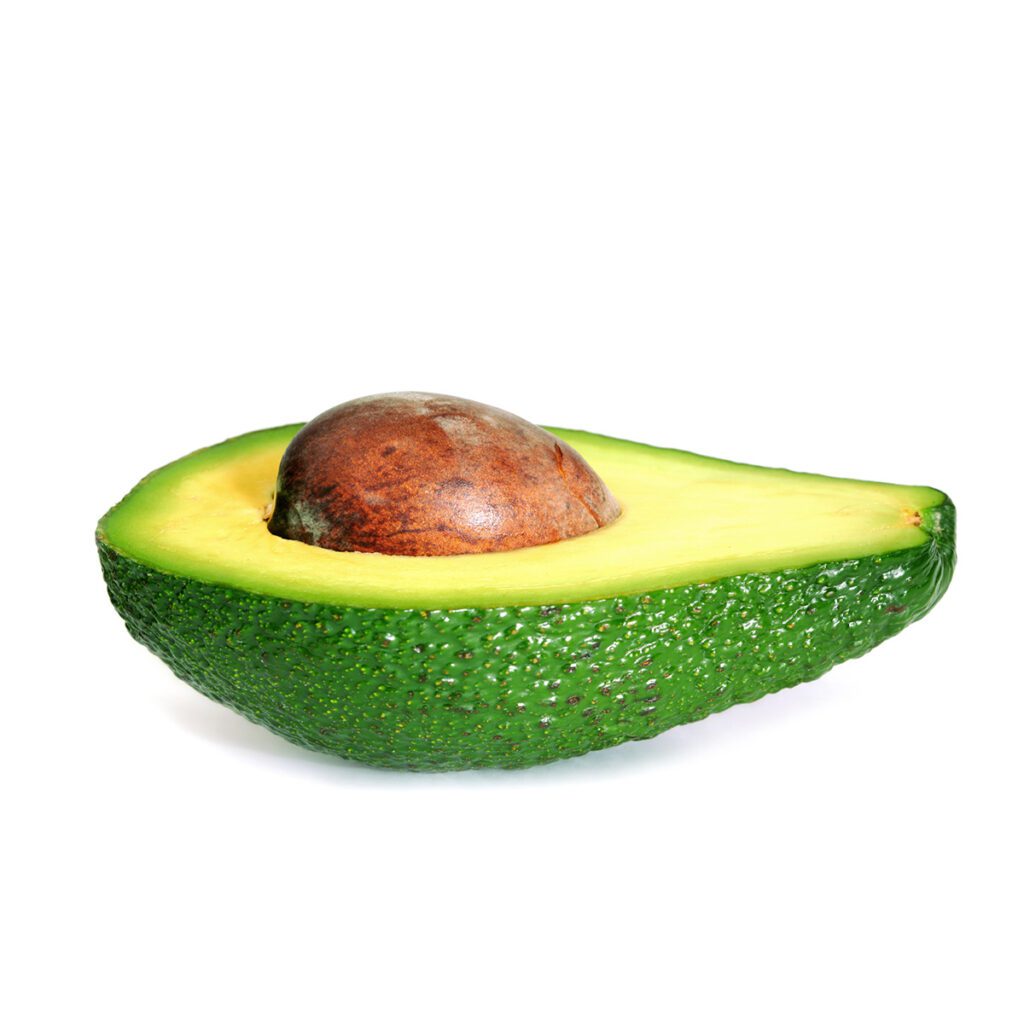Good and Bad Fats for your Diet
Fats have a bad reputation. And no wonder – the name itself is a turn off. Isn’t fat what we’re trying to lose? But times are changing, and dieticians and nutritionists have begun to open the world’s eyes to the importance of this essential macronutrient.
Fat is a double-edged sword. It can provide energy for your body and help dissolve food, but it is also correlated with cardiovascular disease, obesity, and type 2 diabetes. It all depends on the type and amount of fat you consume. Knowing the difference between good fats and bad fats will help you make better decisions for your health without avoiding fat altogether.
There are four different types of fats that we consume: monounsaturated fats, polyunsaturated fats, saturated fats, and trans fats/partially hydrogenated fats. Bear in mind that, according to the USDA, all foods and oils have a mixture of fatty acids, but they are classified by the type that makes up the majority.
The Good


Monounsaturated and polyunsaturated are the winners in the fat world, and both can be found in numerous, tasty sources. You can find monounsaturated fats in olives, avocados, nuts, seeds, and cooking oils such as olive and peanut oils, and you can find polyunsaturated fats in fatty fish (i.e., salmon, tuna and mackerel), nuts, seeds, and cooking oils including sunflower, canola, and walnut.
The Bad
On the more unhealthy side, there are saturated and trans fats/partially hydrogenated fats. Common sources of saturated fat include butter, lard, fatty meats, and full-fat dairy products. To find these trans fat/partially hydrogenated fat culprits, you can also turn to many pre-prepared foods, such as packaged snacks, commercially prepared baked goods, salad dressings, deep-fried fast food, and some margarines.
The Ugly Truth
It’s important to understand that too much bad fat can be a detriment to your health. High consumption of saturated fat is associated with high cholesterol and increased risk of heart disease, so it should be consumed in moderation. Trans fats, commonly considered the unhealthiest of the bunch, increase your “bad” (LDL) cholesterol and decrease your “good” (HDL) cholesterol. Many doctors recommend avoiding this bad fat altogether. The next time you’re grocery shopping, check the label for this ingredient. If a label isn’t available, you can generally be safe by avoiding pre-packaged and processed foods.
A Silver Lining
The good news is that both monounsaturated and polyunsaturated fats have awesome benefits. According to the Mayo Clinic, both kinds of fat can improve blood cholesterol levels, potentially decreasing the risk of heart disease. They can also lower blood pressure and regulate insulin levels, helping you avoid or manage type 2 diabetes. Omega-3 fatty acids, a specific type of polyunsaturated fat, are thought to be particularly heart-healthy.
Furthermore, good fats can actually help the body properly digest nutrients. For example, studies show that fat is needed to absorb the beta carotene in vegetables. While fats may alarm the weight- and heart health-conscious, it is important to remember that moderation is key.
A little bit of good fat can go a long way. In fact, foods containing fat are more likely to leave us feeling satisfied, which translates to eating less. So how do you replace the bad fats in your diet with the good ones? Simple swaps.
Simple Swaps
Start with little changes, such as replacing steak with salmon, brie with avocado, and butter with extra-virgin olive oil. If your diet lacks fat, add good fats by drizzling a little dressing on your vegetables or salads, snacking on a handful of seeds or nuts throughout the day, or using olive oil in your cooking. But be mindful of portions – calories from fat can add up quick, and it only takes a little to reap the benefits.

